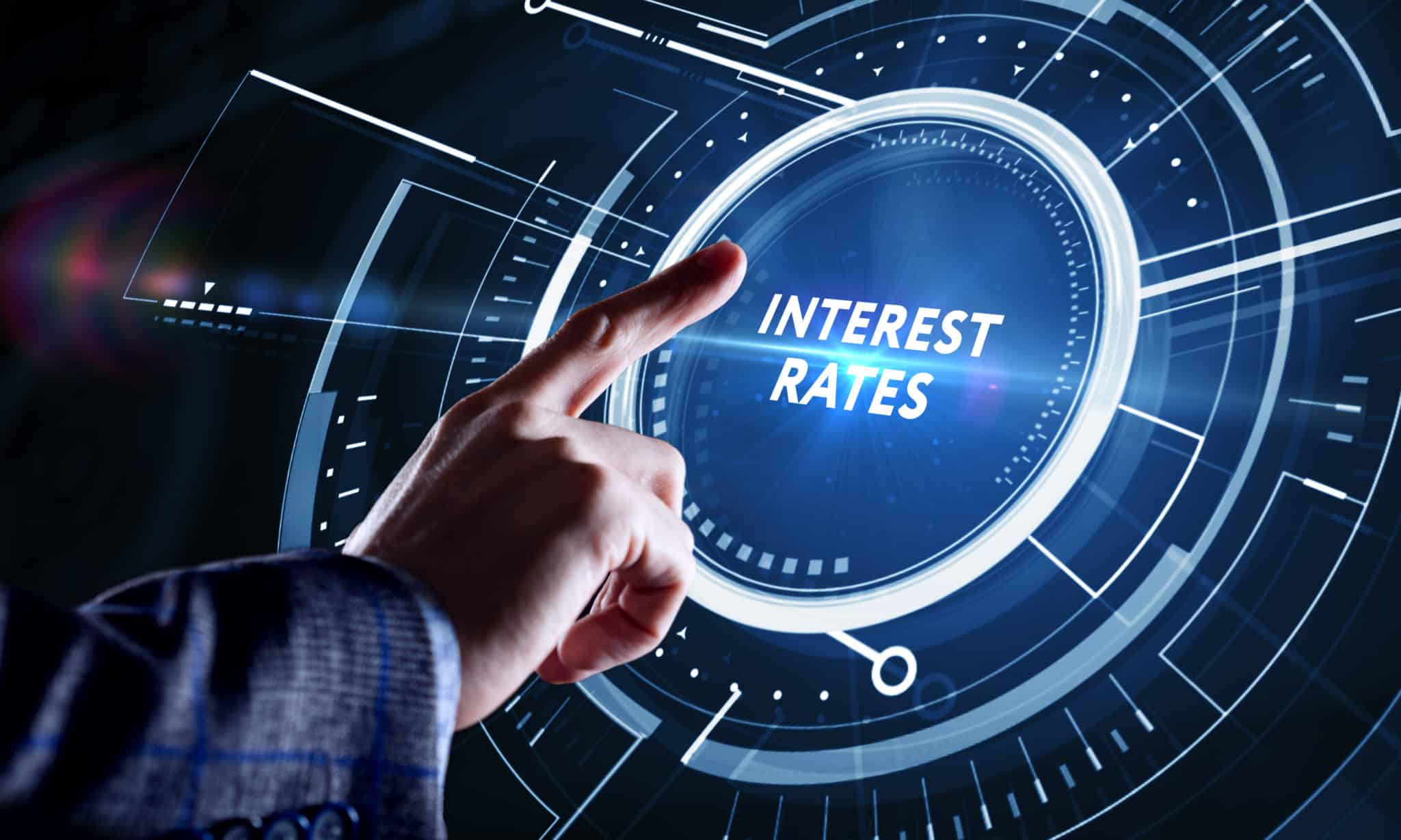The Fed Raises Interest Rates Above 4%

The Federal Reserve raised the federal funds rate above 4 percent in its seventh interest rate increase of 2022 on December 14 last year. The half-point increase, while lower than previous hikes, still showed that the Fed is concerned primarily with reining in high inflation and less with propping up the value of equity markets.
The Consumer Price Index (CPI) did read cooler-than-expected with prices up 7.1 percent in November, and the overall trend shows a downward trajectory from the 9.1 percent peak of June. But such numbers are still far too high for the Fed’s liking, as the target long-term inflation goal rests at 2%. A hawkish and restrictive monetary policy remains the current stance of the Committee.
While raising the cost of borrowing can operate as an effective tool to limit inflated prices, it has created new economic conditions. Cooling the economy – a necessary move in the battle of inflation – will present new challenges to merchants and business operators. Rate hikes and Fed action will likely determine the 2023 outlook for the payment industry and its stakeholders.

Finance
First and foremost, rising interest rates will result in credit APR increases. Financial institutions base lending rates on the federal funds rate—for consumers, the cost to borrow now spikes. High-interest items such as variable mortgages and car loans will eat into savings and discretionary income. Merchants may experience less transaction volume, especially for big-ticket items.
In addition, credit card usage will decrease, leading to dampened economic activity. As inflation boosted purchase prices, consumers relied on credit. But with higher interest rates, such spending should abate, in line with the Fed's attempt to balance supply and demand. Americans will likely attempt to pay down debt balances rather than buy more goods and services.
Retail
In retail, revenues are likely to drop. Consumers now have higher debt repayments which results in less discretionary spending. And without available cash for additional marketing, it may be tough for merchants to increase sales volume.
Layoffs have also begun in response to the economic headwinds. Job losses are focused in Big Tech and other growth-focused businesses. But consumer confidence often plummets with job losses, and growing unemployment further limits retail spending.
Retail will also continue to face supply chain woes. Beyond cost increases related to inflation and the problems remaining for pandemic restrictions, holding expenses will jump because of the interest hikes. It costs too much to hold expensive items in high-rent warehouses.
In addition, exports and global purchasing costs have skyrocketed as the U.S. dollar index increased by 17 percent as foreign capital flows into U.S. T-bills to take advantage of higher returns and as other investment options underperform. Retail merchants face a difficult series of economic challenges to overcome.
Tourism & Hospitality
Global tourism has enjoyed a strong pandemic recovery. The International Air Transport Association recently reported global traffic returned to 73.7% of pre-crisis levels. Leisure flying has rebounded faster than business travel, but adjustments to flight economics (digitalization, safety standards) speak to remarkable resiliency.
Still, travel and tourism are debt-forward business models. Pandemic restrictions resulted in high debt levels that drove up ticket prices. The travel price index grew by 11.3% year over year, with airline fares showing a whopping 42.9% increase. The Fed’s rate hikes will hope to address such price inflation, but that added cost for held debt will affect an industry known for tight profit margins.
Moreover, tourism relies on big-ticket sales. Travel merchants may feel downward pressure as consumers cut back on such spending. At the same time, costs remain high (e.g. fuel, equipment, and large-scale event spaces). It is a difficult macroeconomic environment within which to stage a recovery.
Crypto
Many call the recent market downturn a “crypto winter.” Cryptocurrencies have plummeted as investors run to safe havens (e.g. commodities). Crypto remains a speculative asset class, and it behaved like most risky investments with the introduction of high interest rates (i.e. negative impact on valuations). Recession fears always hurt investments that rely on non-stop cash flows and rapid growth. Crypto has experienced extreme volatility, with Bitcoin down around 63% year to date. The aggressive stance of the Fed adds more uncertainty, making for a rocky roller coaster for long-term crypto investors.
Case in point, several cryptocurrency exchanges have experienced solvency crises. Most notably, FTX (once valued at $32 billion) declared bankruptcy. Without access to fast cash to prop up false values for its native token, the firm crashed. An SEC investigation is ongoing.
In the meantime, merchants, users, and exchanges will likely experience far lower volume with the new payment method. Most users have sheltered their coins or tokens in cold wallets. Until decentralized apps weather the liquidity crunch and previous asset values return, crypto remains a frozen payment method.

Buy Now, Pay Later
Buy Now, Pay Later (BNPL) experienced explosive growth during the pandemic, with an acceleration of almost 400 percent to $120 billion in transaction value, up from 34 billion in 2019. But the proliferation of BNPLs will subside as cheap funding disappears.
BNPL loan providers face two central problems: a decrease in consumer spending and the inability to cheaply fund loans. Previously, heavy borrowing to finance business operations led to growth. But the availability of cheap capital will drop as interest rates increase. As a result, margins will shrink, creating a challenge for BNPL firms. Investors have already reacted to such pressure, with valuations for major BNPL firms dropping.
Some observers suggest that BNPL could still experience further growth. Consumers may resort to BNPL instead of using traditional credit cards that now include higher interest rates. In addition, competition and increased regulation will create long-term positives for the payment method as Apple and Block enter the space.
In 2023, the major players will likely consolidate. They can also take advantage of buying opportunities to acquire smaller players with low valuations. Those who are prepared to withstand the current environment will earn a sizable market share.
A recession almost always leads to higher rates of friendly fraud and chargebacks. If you want to better weather the upcoming conditions, Justt can help you win back revenues lost to chargeback fraud. Talk to one of our chargeback experts.






